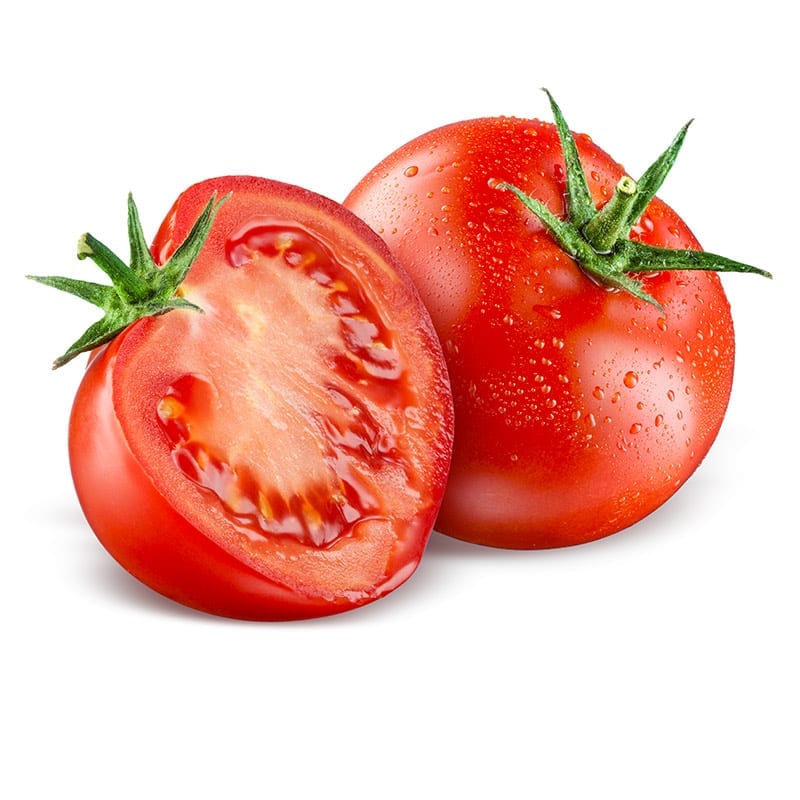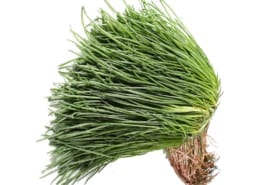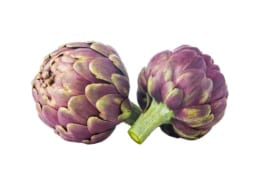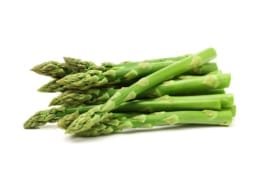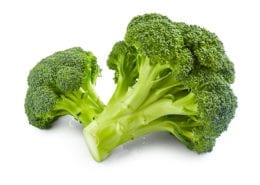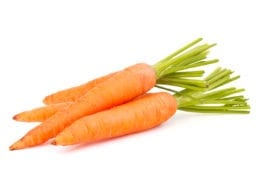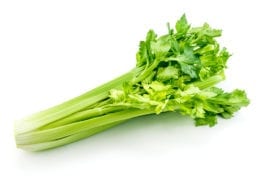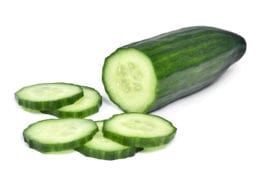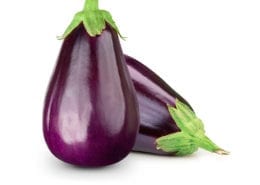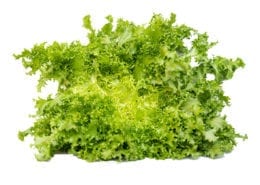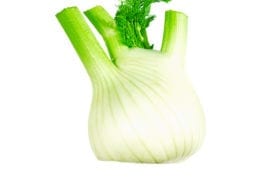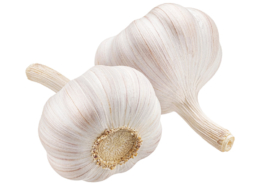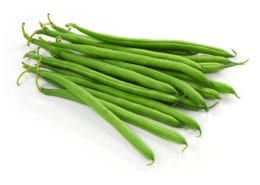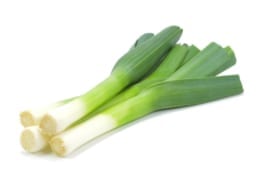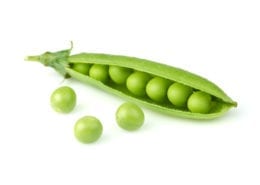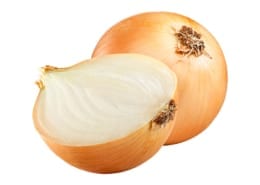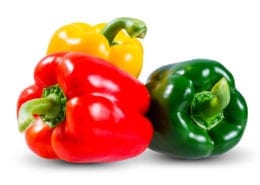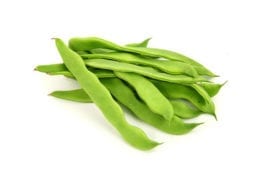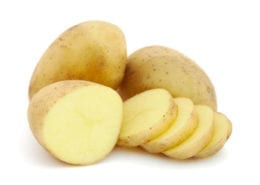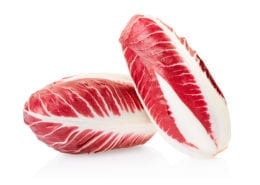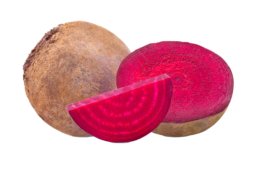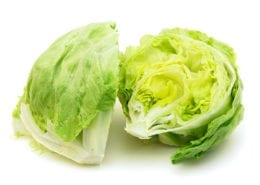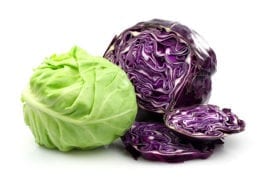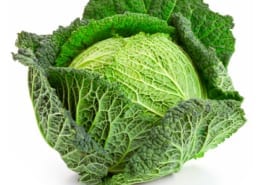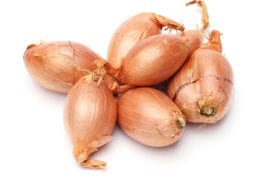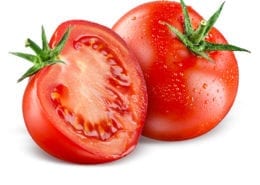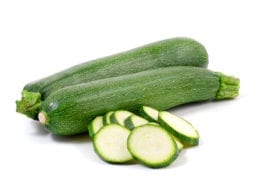Tomatoes
Tomato (Solanum lycopersicum, L. 1753 – identified according to the International Code of Botanical Nomenclature (ICBN) Lycopersicon esculentum (L.) Karsten ex Farw. (see botanical classification)), of the Solanaceae family, is an annual fruit whose plurisperms with the characteristic red color are widely used in the food sector in many countries of the world.
All the green parts of the plant are toxic, as they contain solanine, a steroidal glycoalkaloid which is not eliminated even by means of normal cooking processes; for this reason, the stem and leaves are not used for food.
The fruit also contains solanine (α-tomatin and dehydrotomatin) but in very low quantities: the ripe red fruit contains 0.03 to 2.3 mg / 100 g of fresh weight, the reddish-yellow tomato for salad contains on average 6 mg / 100 gr of fresh weight, while green tomato for salad contains 9 mg / 100 gr of fresh weight on average. It should be noted that the green tomato for salad is actually at the beginning of ripening and contains a much lower quantity of solanine than the completely immature green fruit, where the solanine content can exceed 50 mg / 100 g of fresh weight.
Variety
Tomatoes
-
Camone
-
Cencara
-
Ciliegino
-
Costoluto
-
Cuore Di Bue
-
Datterino
-
Long
-
Merinda
-
Ovetto
-
Piccadilly
-
Pixel
-
Ramato
-
Tondo
Seasonality
Tomatoes


